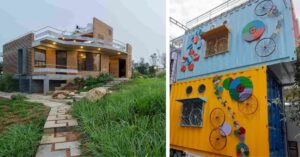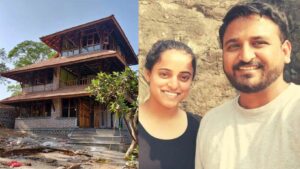How One Man Is Making Indian Museums Fun, Interactive and Inclusive!
The dismal and decrepit state of most Indian museums is no secret. But architect and designer Abhishek Ray and his team are trying to change the experience of museum visits by creating spaces with appropriate exhibition displays, good lighting and graphics, and interactive audio visual systems that keep visitors engaged.
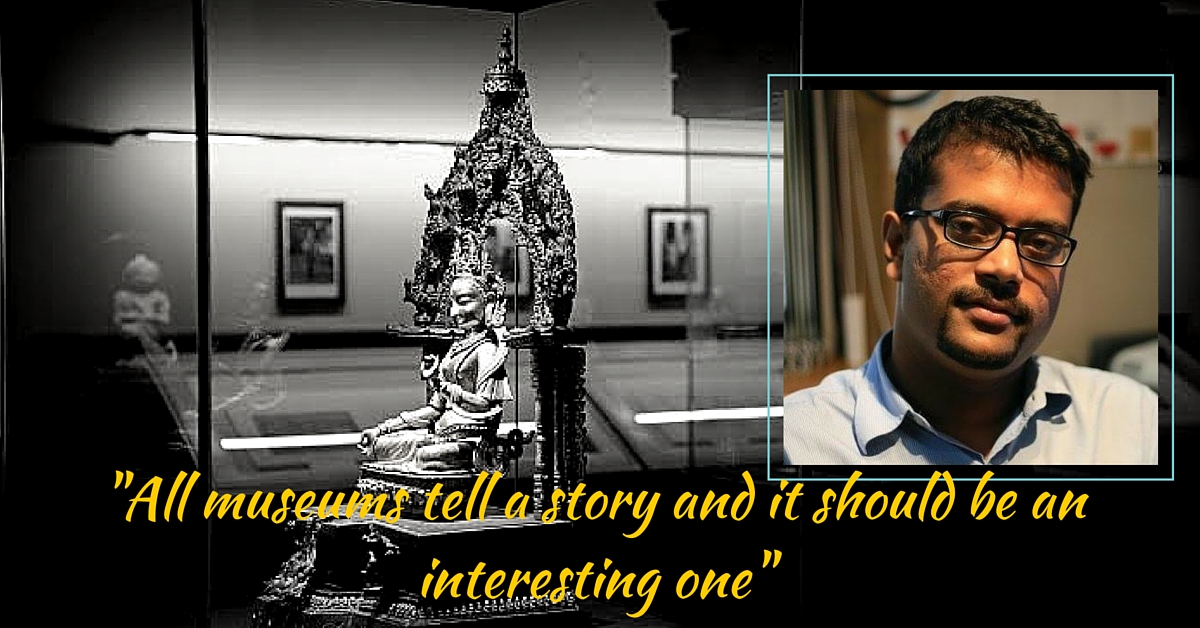
The dismal and decrepit state of most Indian museums is no secret. But architect and designer Abhishek Ray and his team are trying to change the experience of museum visits by creating spaces with appropriate exhibition displays, good lighting and graphics, and interactive audio visual systems that keep visitors engaged.
Antiques trafficking, damage from seepage and other maintenance issues, lack of qualified staff – Indian museums suffer from many woes. A 2011 UNESCO report on Indian museums was also scathing in pointing out a long list of deficiencies, among them poor lighting and maintenance, incorrect signage and lax security. In 2012, a parliamentary committee report said, “Our museums are in a bad shape. Only 10% of the acquisitions are put on display and those are not even rotated regularly. Museum stores and galleries are in poor condition.”
Meet the man who is trying to address at least some of these issues. Abhishek Ray, an architect and designer, wants to make Indian museums more fun, interactive and inclusive.
“I want to change the way museums are perceived today. Museums tell a story and it should be an interesting one,” he says.
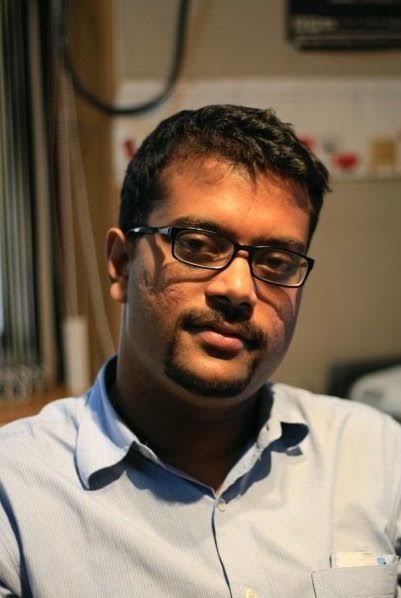
Abhishek is the principal architect at Matrika Design Collaborative. Over the last decade, Abhishek and his team have been working on museum development projects from their inception to their execution. With comprehensive services – ranging from historical and art research to creating spaces using appropriate exhibition displays, lighting and graphics accentuated with interactive audio visual systems to keep visitors engaged in learning about our cultural heritage of India – the team has been changing the experience of a museum visit.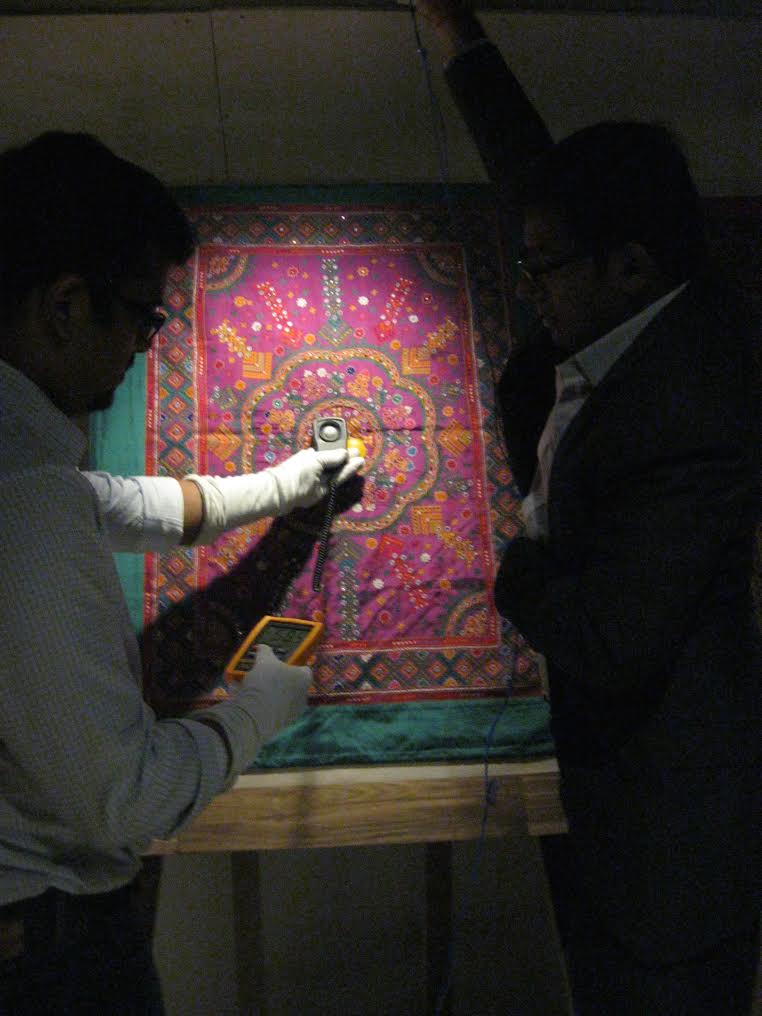
“We noticed that museums have not changed at all since decades in India. I have no living memory of visiting museums in my childhood and today we need to engage children with our museums and cultural spaces at a very early age. We work with the government and non governmental organisations to redesign existing cultural spaces and to develop new ones in order to conserve our heritage,” he says.
Matrika Design Collaborative is now developing one of the first dedicated textile museums that showcases the history and conservation of embroidery from the western region of Kutch, Gujarat at Bhuj.
The museum is a part of the Living and Learning Design Centre for local embroiderers and craftspeople, where visitors will gain extensive understanding of the rich heritage of embroidery from the communities themselves.
Innovation, says Abhishek, comes through engaging the community in the development of the museum or cultural space.
“If we intend to showcase their culture and traditions it is imperative for us to involve them at various stages of inception. A classic example is how the LLDC museum in Kutch has been developing around documenting the lives of embroiderers by recording their oral histories, their art and lifestyles,” he says.
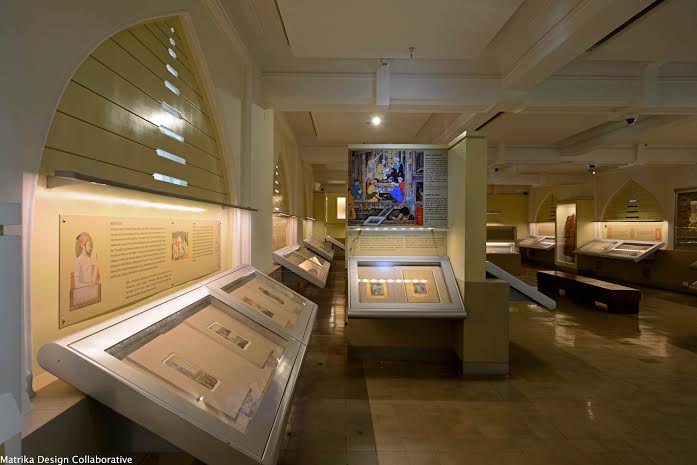
They also recently commissioned a small exhibition for Godrej Industries, wherein they designed a humble exhibition focused on the pioneering work carried out by Shri Ardershir Godrej in developing India’s first safe, which, till today, is one of the mainstays of the products rolled out by the industrial giant. Coupled with a trivia based display on the events around the year 1914 (the year when the first safe was fabricated in India), they put together a host of rare documents that profiled the story of safe-making at Godrej.
Overall, by using presentations, online art guides, mobile apps, and making the places more comfortable for people with special needs, Abhishek and his team are making museums both physically and intellectually inclusive.
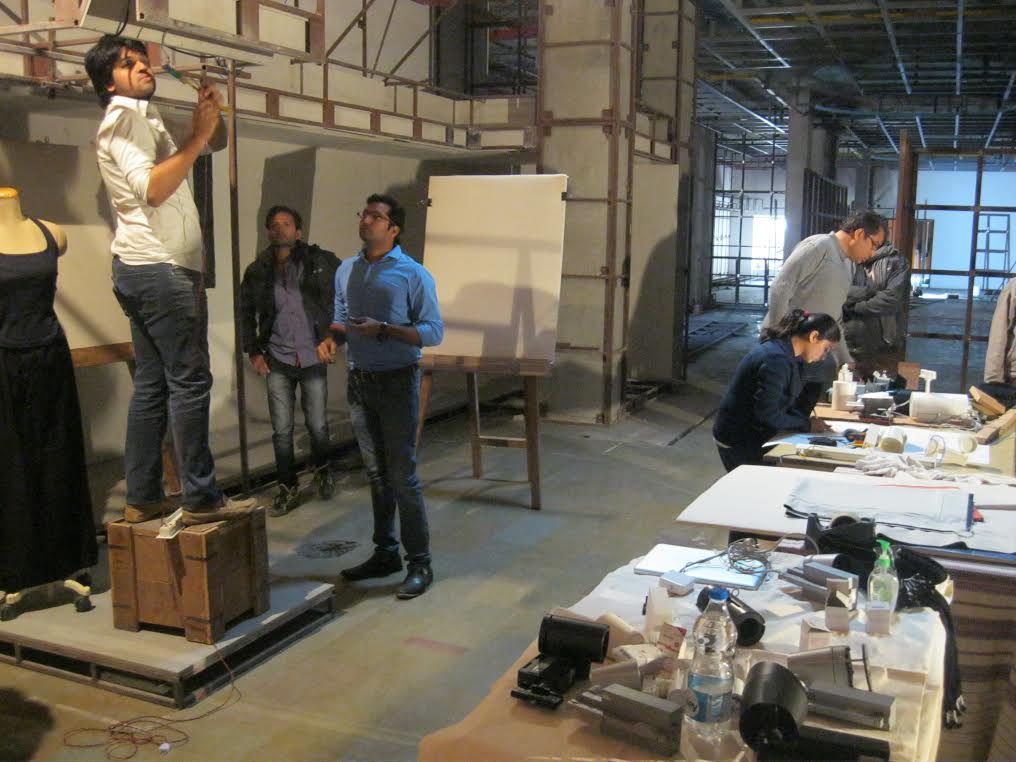
They are currently developing a unique outreach programme, a Museum on Wheels for the Chhatrapati Shivaji Maharaj Vastu Sangrahalaya, Mumbai (formerly Prince of Wales Museum), where the self contained museum bus would travel to urban, peri-urban and rural areas of Maharashtra to spread education by means of an interactive mobile museum.
The bus is fitted with exhibition cases, audio video hardware, etc. It will cater to municipal schools, adult education camps and artists’ conclaves in rural districts of India.
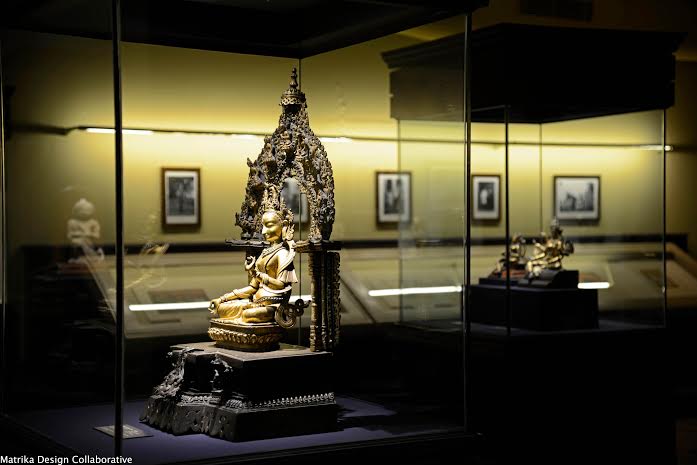
The development of the Shastra Museum (Museum on Arms and Armory of the Sikhs) in Amritsar, alongside the Toshakhana (Royal Treasury), is a project that Abhishek and his team are proud of. It holds some of the most exquisite weapons used by the Sikh armies under the leadership of Maharaja Ranjit Singh.
The narrative here builds around the development of traditional weapons and their transition to mechanised weapons and modern artillery in the late 19th Century.
“We have designed unique solutions where children are given an understanding of the science behind weapons and fortification systems, categorically ruling out their association with violence and war,” says Abhishek.
Innovation has found a new meaning through inclusion of children and people with special needs at the New Shri Pratap Singh Musuem in Srinagar, Jammu and Kashmir.
The team has dedicated a complete gallery to children’s activities. The 100,000 square feet museum is also completely accessible to people with special needs.
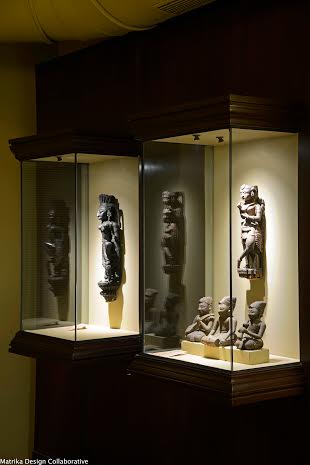
The challenge for the future, says Abhishek, lies in demystifying the realm of heritage and culture for people at large. Implementation of unique ideas and changing mindsets of people who sit at the helm of affairs is going to be a big challenge.
“We need to redefine the experience of the cultural space by reinventing the narrative and this can be achieved when policy makers, curators, archivists, designers, and users come together in a collaborative format to work out the best ways to tell the story of our culture and heritage through tangible and intangible ways,” he concludes.
To know more about the team’s work check out their website – www.matrika.in
Like this story? Or have something to share? Write to us: [email protected], or connect with us on Facebook and Twitter (@thebetterindia).
This story made me
- 97
- 121
- 89
- 167
Tell Us More
We bring stories straight from the heart of India, to inspire millions and create a wave of impact. Our positive movement is growing bigger everyday, and we would love for you to join it.
Please contribute whatever you can, every little penny helps our team in bringing you more stories that support dreams and spread hope.






